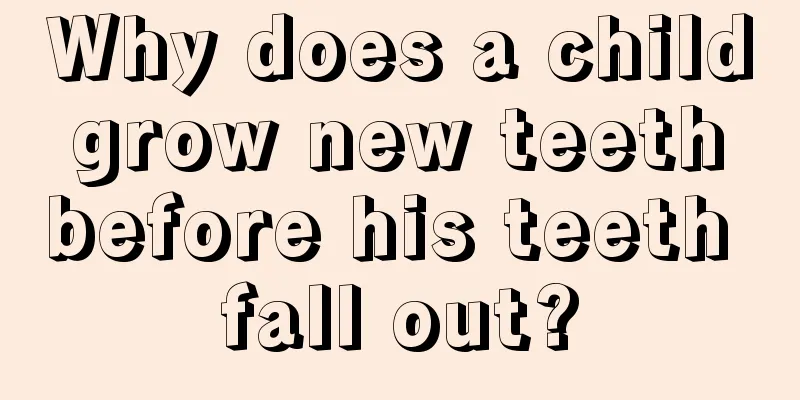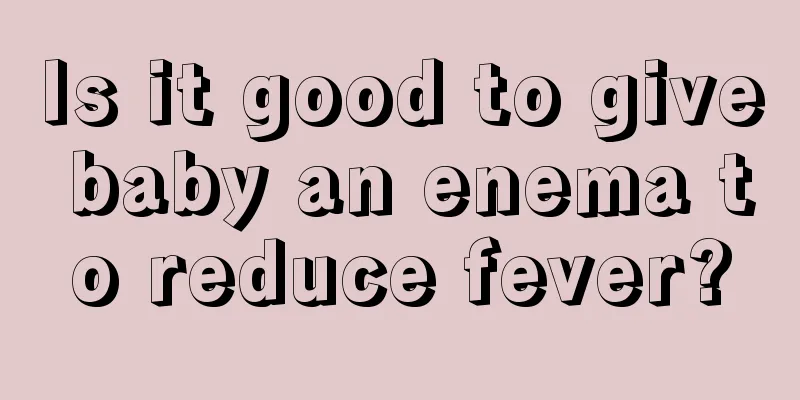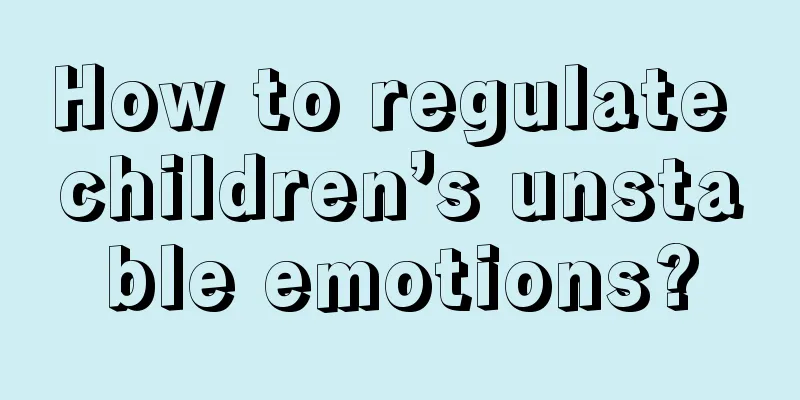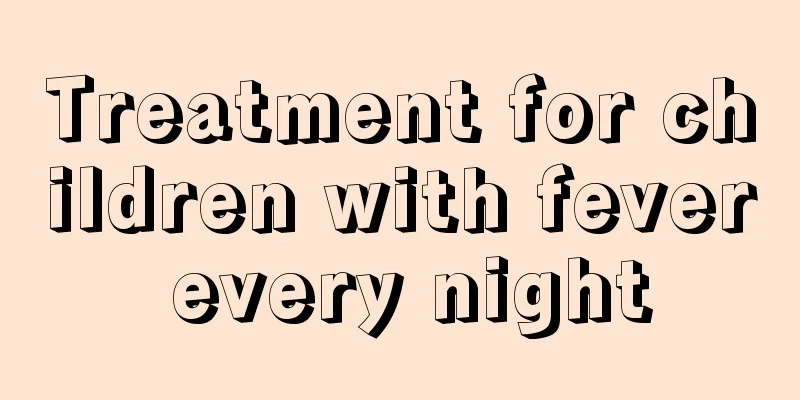Why does a child grow new teeth before his teeth fall out?

|
Recently, many parents have raised a question: why do children’s new teeth grow before their old teeth fall out? Will it affect the child's future dental health? Children aged 6-12 are in the period of tooth replacement, but for some children, new teeth grow out of the gums before the old teeth fall out. Will this affect the alignment and health of the child's teeth in the future? Children aged 6-12 have entered the tooth replacement period. During this period, new teeth normally erupt while old teeth remain, and some old teeth need to be extracted. Some old teeth need to be replaced until around 12 years old. First, it is necessary to determine whether the newly grown teeth are new teeth or supernumerary teeth. (Sometimes X-rays are needed to assist in the diagnosis.) If these old teeth have reached the point where they must be extracted, they can be extracted. However, after extraction, a space maintainer will need to be worn before the new teeth have erupted. This is to ensure that the new teeth will have normal space and position to erupt in the future. It is recommended that old teeth that can be retained be retained as much as possible after treatment. And the first teeth that should be replaced are the incisors. It is recommended that you go to the dental department of a regular medical institution as soon as possible for clinical and X-ray examinations to see the position of the new teeth erupting. If they are erupting, you don't need to worry, otherwise you can carry out corresponding treatment. Another point to remind you is that when children are 6 years old, they will grow 4 six-year-old teeth. These 4 teeth are new teeth and will not be replaced. They are our first molars. Since the pits and fissures of the newly erupted teeth are narrow and deep, they are easy to form caries if they are not cleaned well. Therefore, pit and fissure sealing should be done in time to prevent caries. And you should have a dental check-up every six months to prevent problems before they occur. Take a curved cross-sectional film to see whether there is a new tooth germ and its position under the retained old tooth, and then proceed with the next treatment plan. From a medical perspective, this situation is a typical case of retained deciduous teeth. If the deciduous teeth cannot fall out on their own, parents should take the children to the hospital as soon as possible to remove the retained deciduous teeth. Otherwise it will affect the normal eruption of permanent teeth. Therefore, the editor suggests that in the case where children’s teeth grow new teeth without falling out, the solution should be chosen according to the actual situation. |
<<: What is the best way to improve children’s immunity?
>>: How to treat rough skin in infants?
Recommend
Causes of indigestion in babies
Baby indigestion is a common disease in life, esp...
What should we pay attention to when children have asthma?
Bronchial asthma (abbreviated as asthma) is a chr...
How to feed premature babies with milk powder
Premature babies have relatively poor physical co...
The reason why babies sometimes shake their heads
Many people shake their heads. When you shake you...
What to do if your newborn baby has bleeding belly button
Newly born babies are very weak. Many people pay ...
Is it scary for a newborn to have red scalp?
Why do some newborns have red scalps, unlike othe...
Do babies all get rashes?
Rashes are a common phenomenon in life, especiall...
What are the massage techniques for reducing fever in children?
During the process of growth and development, man...
Children suddenly have allergies
If a child's skin suddenly develops allergies...
What to do if your child has a fever after eating
In fact, food accumulation is food stagnation, wh...
Mydriasis treatment for children is very effective
Children's eye health is very important. If a...
What to do if a child stutters
There are always some problems in the process of ...
What to do if your child has a fever at night
It is normal for children to have a fever, especi...
Normal blood calcium levels in newborns
Most newborns will receive a full-body physical e...
Treatment for pimples on children
The phenomenon of pimples on children's bodie...









